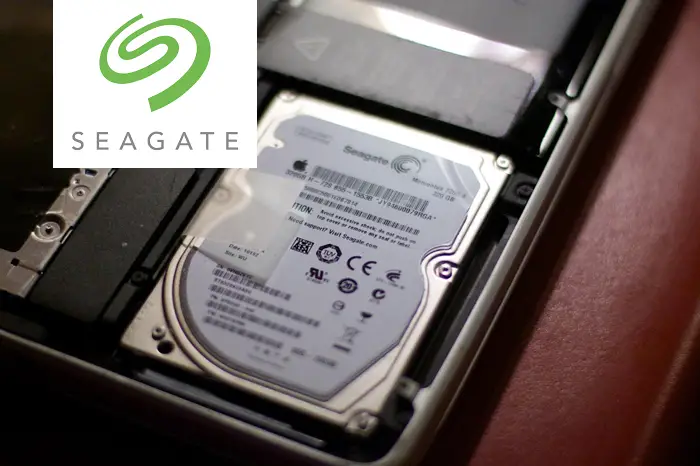
Seagate Technology was originaly the named “Shugart Technology” by Alan Shugart. The first product was the ST-506, the first hard disk to fit the 5.25″ form factor of the Shugart “mini-floppy” drive. The hard disk was a hit, and was later released in a 10-megabyte version, the ST-412. Seagate’s history is filled with dramatic boom and bust cycles that typify the hard disk business.
In the early 1980s Seagate secured a contract as a major OEM supplier for the IBM XT, IBM’s first personal computer to contain a hard disk. The volumes were large as IBM was the dominant supplier of PCs at the time and fueled Seagate’s early growth. IBM was a fickle buyer and abruptly reduced its purchases from Seagate and began purchasing from other suppliers such as Miniscribe, IMI and others, creating financial havoc for Seagate. Seagate responded by establishing a powerful distribution channel that supplied hard disk for the millions of PC’s hungry for hard disk storage. This was the first of many examples of Seagate turning a pending financial disaster into a huge success.
Through the 1980s, Seagate mainly sold simple hard disks which suited the price conscious distribution channel well. These devices were derivatives of the original ST-506 design; the ST-225 20 MB disk and ST-251 40 MB disk were the biggest sellers of this age, though they also sold faster hard disks that used voice coil technology. Because of this, Seagate disk were sometimes referred to as cheap and unreliable, a reputation not entirely undeserved because of the 225’s and 251’s usage of stepper motors to position the heads. However, Seagate disk were usually held in better regard than their competition (mainly MiniScribe, but also Microscience, Rodime, Tandon and Kalok). Seagate finally abandoned stepper motor designs in the early 1990s; the ST351A/X, an oddball 40 MB drive that could run on either an ATA or XT Attachment bus, was Seagate’s last product to use a stepper.
Finis Conner left Seagate in early 1985. After one failed attempt to start his own company, and also briefly serving as CEO at CMI, in 1986 he founded Conner Peripherals, which originally specialised in small-form-factor drive for portable computers. Conner Peripherals also entered the tape drive business with its purchase of Archive Corporation. After ten years as an independent company, Conner rejoined Seagate in a 1996 merger.
In 1989, facing increased competition and margin pressure, Seagate turned another challenging financial situation into success by making an important and strategic acquisition of Control Data’s MPI/Imprimis disk storage division. Seagate management had always believed that vertical integration of key components such as heads and disks was crucial for the long term survival of the company in the face of competition from deep-pocketed competitors such as IBM and certain Japanese suppliers. This move gave Seagate access to CDC’s voice coil and disk-manufacturing patents, and importantly a competitive advanced head development capability. As well, the purchase provided access to a high end server customer base and the first 5400 RPM drives on the market. Seagate quickly began to leverage vertical integration across its entire product line and once again became a dominant force in the business.


